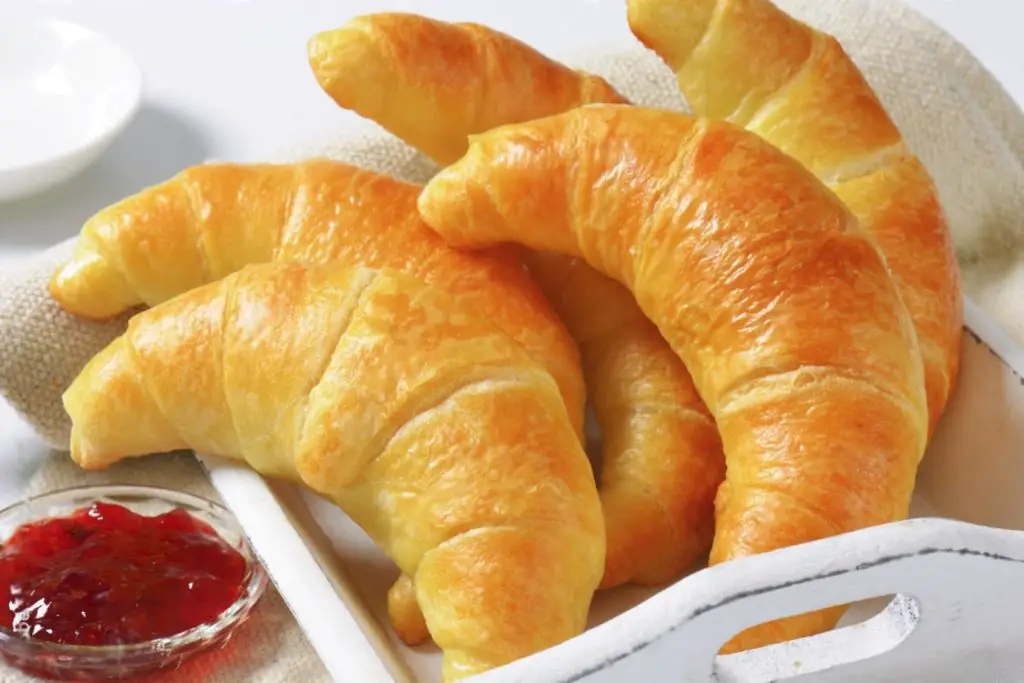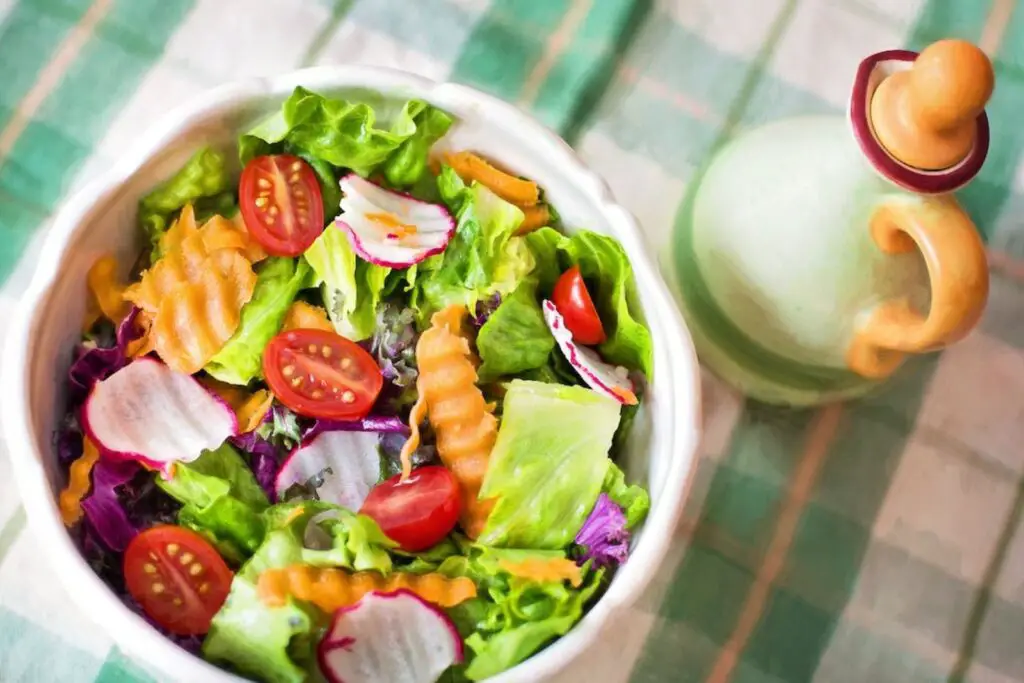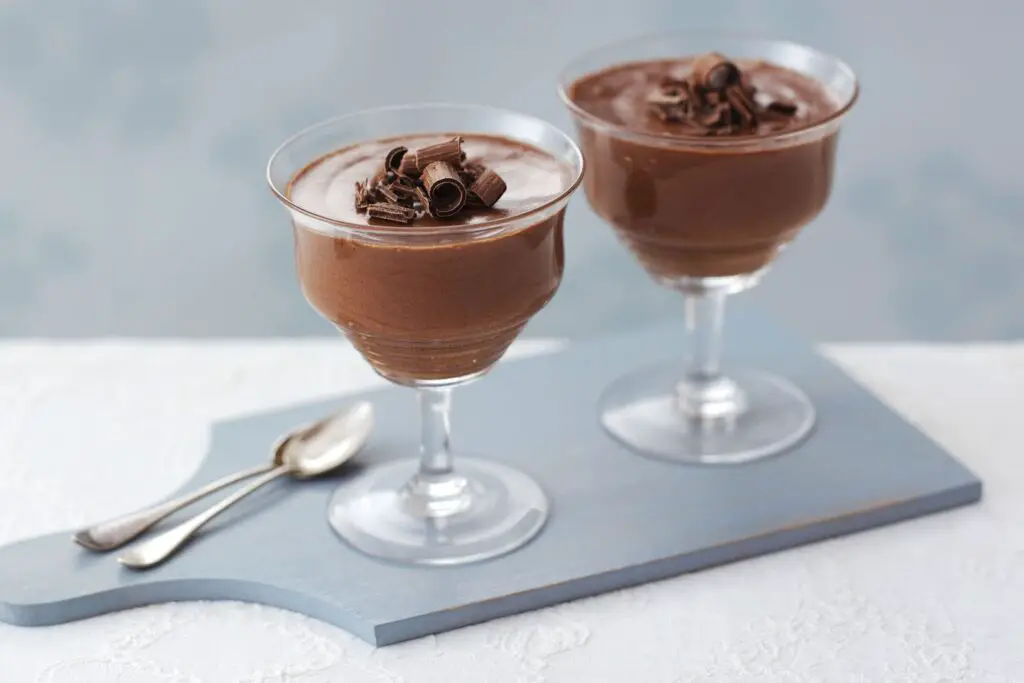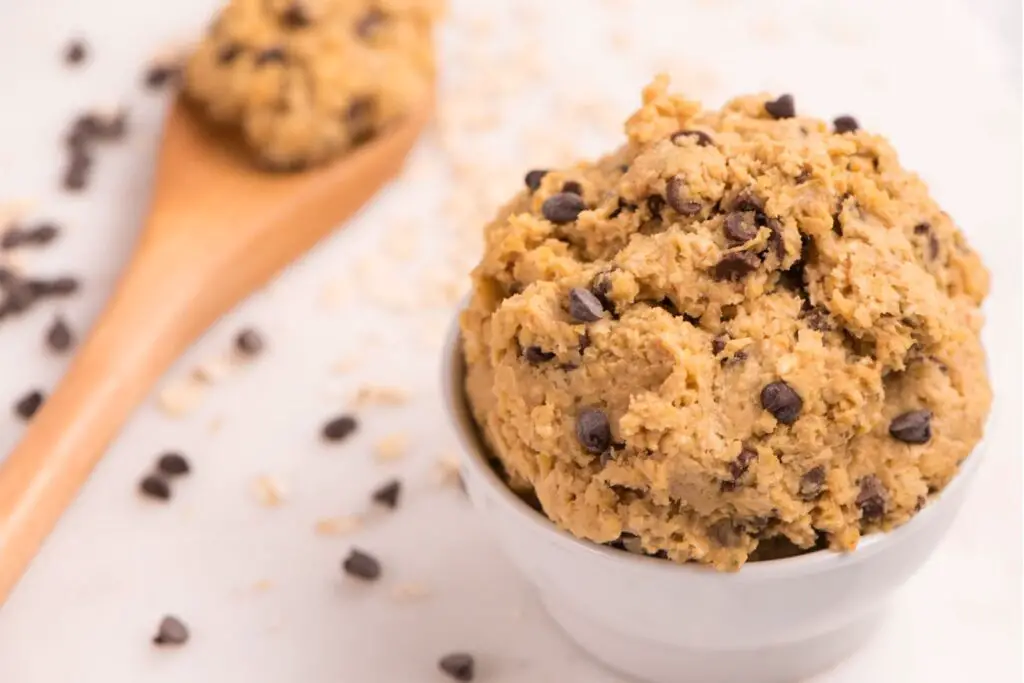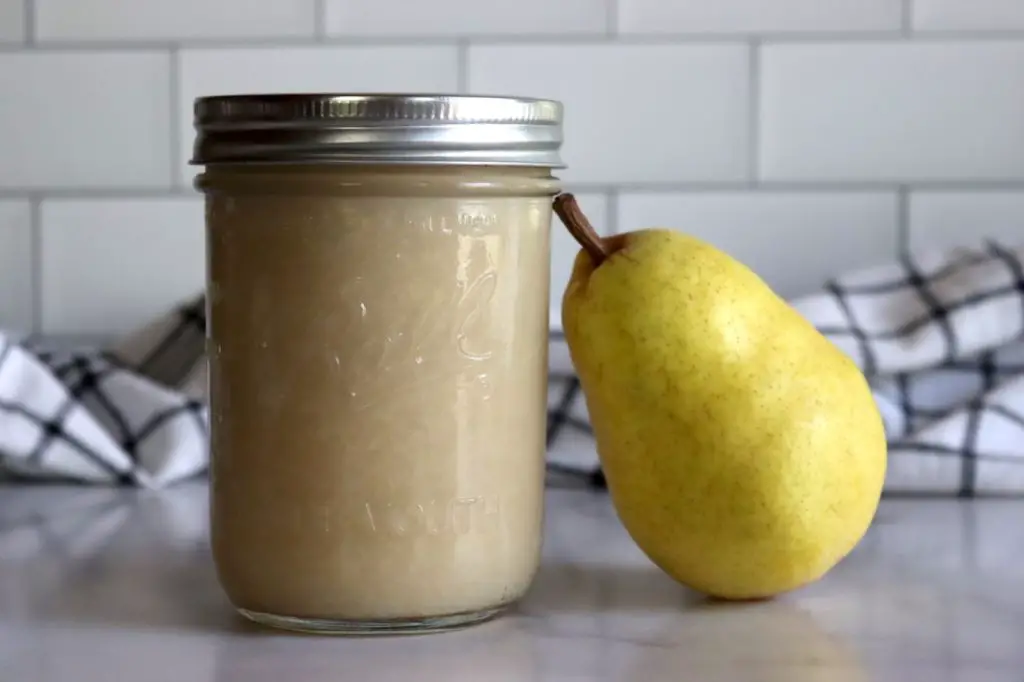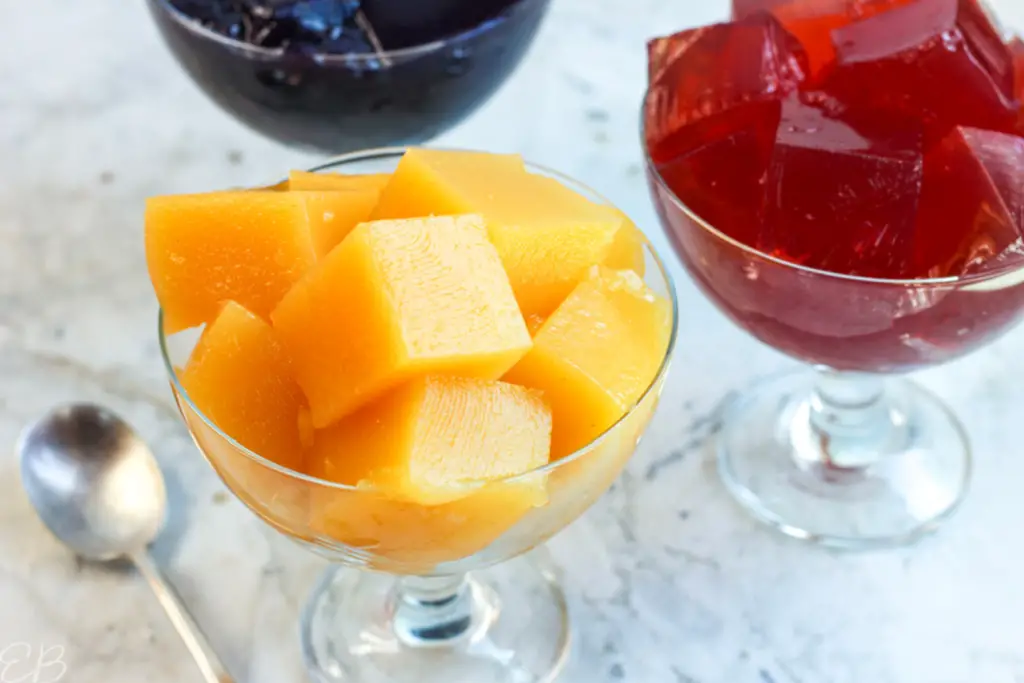
Wrap meats, a versatile and convenient culinary concept, offer a creative way to enjoy tender and flavorful cuts of meat enveloped in a variety of flavorful coverings. From bacon-wrapped filets to prosciutto-wrapped chicken breasts, this technique elevates the taste and presentation of dishes by infusing additional layers of taste and texture. Wrapping meats with savory or cured ingredients not only imparts a harmonious blend of flavors but also helps to seal in moisture, resulting in succulent and delectable outcomes. However, when preparing a collection of wrap meats or aiming to simplify future meal preparations, it can be challenging to savor their quality and succulence before they begin to lose their freshness.
Freezing wrap meats emerges as a practical and effective method to preserve their delightful taste and culinary allure, ensuring that each bite retains its unique essence and delectable charm, ready to elevate your meals with the essence of perfectly frozen wrap meats, even when freshly wrapped meats aren’t readily available or when you desire the savory delights of this technique at your convenience. In this guide, we will explore the best practices for freezing wrap meats, allowing you to savor the richness of these flavorful creations and elevate your culinary experiences with the essence of perfectly frozen wrap meats, without the need for immediate consumption or concerns about taste deterioration.
Here are the simple steps to freeze wrap meats:
Step 1: Choose the Wrap Meats
The initial stage of freezing wrap meats involves the crucial task of selecting the specific type of meat that you intend to freeze. Whether your preference leans towards the indulgent allure of smoky bacon, the savory allure of deli meats, or the delicate elegance of thinly sliced prosciutto, this step sets the foundation for the entire freezing process. Ensuring that the wrap meats you choose are not only fresh but also of the highest quality is paramount to achieving the best possible results in terms of flavor, texture, and overall satisfaction.
When deciding on the type of wrap meat to freeze, consider your culinary intentions. For those who relish the hearty and rich flavors of smoky bacon, you’ll want to choose cuts that are well-marbled and possess that unmistakable aroma that adds depth to countless dishes. Deli meats, on the other hand, offer a diverse array of tastes and textures, making them suitable for sandwiches, wraps, and appetizers. Opt for options that are free from any signs of spoilage and have been recently sliced to maintain their inherent qualities.
Thinly sliced prosciutto, renowned for its delicate taste and melt-in-your-mouth texture, requires an equally meticulous selection process. Look for prosciutto that boasts a rosy hue, indicating proper curing, and has been sliced to the desired thinness. The meat should possess a buttery, slightly salty taste that is characteristic of this Italian delicacy.
Regardless of your choice, the quality of the wrap meats is non-negotiable. Their freshness not only contributes to the palatability of your frozen creations but also impacts their longevity in the freezer. Wrapping, slicing, and packaging will all be in vain if the initial selection does not meet the standards of excellence. Therefore, invest the time to source high-quality wrap meats from trusted sources, ensuring that your frozen delights will delight your taste buds just as much as they would when freshly purchased.
Step 2: Prepare the Wrap Meats
As you embark on the journey of freezing wrap meats, meticulous preparation is key to preserving the meats’ integrity and quality. Before subjecting them to the freezing process, it’s essential to ensure that the wrap meats are adequately prepared. This step involves inspecting the meats for packaging, addressing excess moisture, and taking measures to prevent the formation of unwanted ice crystals.
- Remove Packaging:
Begin by carefully examining the wrap meats for any packaging or wrapping that they might be encased in. This could include plastic wrap, butcher paper, or foam trays. These coverings are often used for sanitary reasons and to protect the meats during transportation and display. While they serve a purpose during storage and sale, they are not conducive to freezing. Remove any packaging or wrapping to allow the meat to be directly exposed to the freezing environment. This facilitates the even distribution of cold air and helps maintain the meat’s natural texture and flavor.
- Address Excess Moisture:
Excess moisture on the surface of the wrap meats can lead to undesirable outcomes during freezing. When water molecules freeze, they can form ice crystals that alter the meat’s texture and taste upon thawing. To prevent this, gently pat the meat dry using a clean and absorbent paper towel. This step is particularly crucial for meats like bacon or prosciutto, which might have residual moisture due to their curing processes. Removing excess moisture not only prevents ice crystal formation but also minimizes the risk of freezer burn and loss of flavor.
- Prevent Ice Crystal Formation:
Ice crystals that develop within the wrap meats can lead to a loss of moisture, resulting in dry and unappetizing outcomes upon thawing. To mitigate this, ensure that the meats are as dry as possible before proceeding to freeze them. Evenly distributed moisture on the meat’s surface is less likely to form large ice crystals. These crystals can rupture the cell walls of the meat and contribute to a less-than-desirable texture upon thawing.
By diligently preparing the wrap meats before freezing, you’re setting the stage for a successful frozen experience. Removing packaging, addressing excess moisture, and preventing ice crystal formation are critical steps that contribute to the quality and taste of the wrap meats once they’re ready to be enjoyed. This extra effort ensures that your frozen culinary creations will be as delectable and satisfying as if they were freshly prepared.
Step 3: Arrange the Wrap Meats
With the wrap meats properly prepared, the next crucial step in the freezing process involves arranging them in a manner that optimizes their freezing efficiency. This arrangement not only prevents the meats from sticking together but also promotes even freezing, ensuring that the final frozen product retains its individual integrity and quality.
- Use a Baking Sheet or Tray:
Select a clean baking sheet or tray as the surface for arranging the wrap meats. The flat and spacious nature of these items provides ample room to lay out the meats in a single layer without overcrowding. It’s essential to choose a surface that can easily fit within your freezer, allowing for efficient cooling of the meat.
- Lay Out in a Single Layer:
When arranging the wrap meats, place them in a single layer on the baking sheet or tray. This means that each piece of meat should have direct contact with the surface, avoiding any overlapping. By ensuring a single layer arrangement, you allow cold air to circulate around each piece, promoting uniform and efficient freezing.
- Space Between Each Piece:
A key aspect of this step is to leave sufficient space between each piece of wrap meat. Providing adequate space prevents the meats from freezing together into a solid block. It also enables air to flow freely around each piece, facilitating consistent and thorough freezing. This spacing is particularly important if you’re dealing with items like bacon, which might have slices that are prone to sticking together.
- Even Freezing:
By arranging the wrap meats in a single layer with proper spacing, you’re taking measures to ensure even freezing. Uneven freezing can lead to variations in texture and taste, which can be particularly pronounced when the meats are thawed and cooked. Properly frozen wrap meats maintain their original quality, making them a delight to enjoy once thawed and prepared.
As you meticulously lay out the wrap meats on the baking sheet or tray, remember that this step contributes significantly to the overall success of the freezing process. The thoughtful arrangement not only prevents the meats from fusing together but also sets the stage for a harmonious freezing experience. By following this practice, you’re safeguarding the individual characteristics of each piece of wrap meat and enhancing their appeal when it’s time to bring them out of the freezer for culinary adventures.
Step 4: Pre-Freeze the Meats
As you proceed with freezing wrap meats, a pivotal strategy to maintain their distinct shape and texture involves the pre-freezing process. This step is designed to partially freeze the meats before final packaging, enabling you to preserve their individual integrity and minimize the risk of squishing or deformation during the packaging stage.
- Importance of Pre-Freezing:
Pre-freezing, also known as “flash freezing,” is a technique used to initiate the freezing process and set the meats in a state that is conducive to efficient packaging. This step is particularly important for wrap meats as their pliable nature can lead to sticking and distortion when they come into contact with packaging materials in their fully raw state. By partially freezing the meat before packaging, you create a protective layer of ice that acts as a buffer, preventing direct contact between the meat and packaging.
- Process of Pre-Freezing:
To pre-freeze the wrap meats, place the baking sheet or tray with the arranged meats in the coldest part of your freezer. Allow them to remain in the freezer for approximately 1 to 2 hours, or until they are partially frozen. The goal is not to fully freeze the meats but to achieve a state where they are firm on the outside while maintaining their pliable texture on the inside.
- Benefits of Partial Freezing:
Partial freezing brings multiple benefits to the process of freezing wrap meats. It aids in maintaining the original shape and structure of the meats, preventing them from sticking together or becoming misshapen during packaging. The exterior layer of ice formed during pre-freezing acts as a protective barrier that minimizes moisture loss and freezer burn, both of which can negatively impact the quality of the meats over time.
- Easier Packaging:
One of the most notable advantages of pre-freezing is that it simplifies the packaging process. With the wrap meats partially frozen, they are less likely to adhere to each other or to the packaging material. This makes it easier to place them in containers or bags without the frustration of trying to separate frozen pieces. The result is neat, well-packaged wrap meats that are ready to be stored for an extended period without compromising their texture or taste.
By embracing the practice of pre-freezing, you’re taking a proactive step to ensure the optimal quality of your frozen wrap meats. This method safeguards their appearance, texture, and taste, allowing you to unlock their delicious potential whenever you’re ready to bring them back to the table.
Step 5: Package the Wrap Meats
With the wrap meats partially pre-frozen and their individual shapes and textures preserved, the next essential phase of the freezing process involves packaging them for their extended stay in the freezer. Proper packaging not only safeguards the meats from freezer burn and oxidation but also maintains their original quality, making them a delight to use in future culinary endeavors.
- Choose Freezer-Safe Containers:
Opt for airtight freezer-safe containers or resealable plastic bags to house the partially pre-frozen wrap meats. These containers are designed to withstand the low temperatures of the freezer, preventing the entry of cold air and moisture that can compromise the meats’ taste and texture over time.
- Transfer the Meats:
Carefully transfer the partially pre-frozen wrap meats into the chosen containers or bags. Handle them gently to avoid any unnecessary squishing or deformation. This step requires a delicate touch to ensure that the meats retain their individual integrity.
- Squeeze Out Air:
When using containers or bags, it’s important to minimize the presence of air to prevent freezer burn and oxidation. Air exposure can lead to the formation of ice crystals and the degradation of the meats’ quality. Gently press down on the meat or use a vacuum sealer, if available, to remove excess air. This step forms a protective barrier around the meats, helping to preserve their taste and texture.
- Arrange for Minimal Clumping:
If you’re using resealable plastic bags, consider arranging the meats in a single layer before sealing the bags. This prevents the meats from clumping together during freezing, making it easier to retrieve individual pieces when needed. If stacking is necessary due to limited space, make sure the layers are separated by sheets of parchment paper or similar materials to minimize sticking.
- Seal Securely:
Ensure that the chosen containers or bags are sealed securely to prevent any air or moisture from entering. This step is crucial for maintaining the wrap meats’ freshness and taste over time.
Proper packaging at this stage is the final layer of defense against the elements that can compromise the quality of your wrap meats. The combination of airtight packaging and minimized air exposure helps preserve the meats’ taste, texture, and appearance, ensuring they’re in prime condition when it’s time to thaw and enjoy them in your favorite dishes.
Step 6: Seal and Label
As you near the completion of the wrap meats’ journey into the freezer, the process of sealing and labeling emerges as a pivotal step in ensuring their long-term preservation and ultimate culinary satisfaction. This step involves securing the containers or bags that house the wrap meats and providing them with a clear and informative label that serves as a guidepost for future use.
- Secure Sealing:
After carefully placing the wrap meats in the chosen airtight freezer-safe containers or resealable plastic bags, take a moment to ensure a secure and tight seal. This seal acts as a barrier against the ingress of air and moisture, which can compromise the meats’ flavor, texture, and overall quality over time. Run your fingers along the edges of the container lids or bags to verify that they are properly sealed.
- Prevent Air and Moisture Infiltration:
A robust seal is essential for maintaining the integrity of the wrap meats during their time in the freezer. Any exposure to air or moisture can lead to freezer burn, which results in the development of ice crystals that alter the meats’ taste and texture. Preventing these elements from infiltrating the packaging helps preserve the meats’ original appeal.
- Label with Date:
The act of labeling the packages might seem simple, but it holds significant importance for the quality of your frozen wrap meats. Use a marker or label to clearly indicate the date when the meats were frozen. This date serves as a reference point for monitoring the storage time of the meats. Different types of wrap meats have varying optimal storage periods, and having this information readily available prevents accidentally using meats past their peak quality.
- Maintain Quality and Flavor:
Labeling the packages with the date of freezing serves as a reminder to consume the wrap meats within a reasonable timeframe to enjoy them at their best. While frozen foods can remain safe indefinitely, their quality and flavor might gradually decline over time. By adhering to recommended storage times and staying mindful of the freezing date, you ensure that the wrap meats remain a delightful addition to your culinary creations.
- Easy Retrieval and Planning:
Having a clear label with the freezing date makes it easier to plan your meals and choose the right wrap meats for your recipes. This small yet essential detail saves you time and helps you make informed decisions when selecting ingredients.
By sealing and labeling the wrap meats with care and attention, you’re taking the final measures to preserve their exceptional quality for future enjoyment. These thoughtful steps not only protect the meats from freezer-related issues but also contribute to maintaining their delightful taste and texture when the time comes to transform them into delectable dishes.
Step 7: Freeze the Wrap Meats
As the culmination of your efforts to preserve the savory appeal of wrap meats, the act of freezing them is a crucial step that will determine their quality and taste when you’re ready to enjoy them. This step involves carefully placing the sealed packages of wrap meats in the optimal location within your freezer to ensure a swift and consistent freezing process.
- Ideal Freezing Location:
Choose the coldest part of your freezer as the designated spot for the sealed packages of wrap meats. The coldest section is typically found towards the back of the freezer, where the temperature remains most constant. Placing the packages in this zone ensures that they are exposed to consistently low temperatures, facilitating a quick and uniform freezing process.
- Swift and Uniform Freezing:
Rapid freezing is a key factor in preserving the wrap meats’ texture, taste, and overall quality. By positioning the packages in the coldest part of the freezer, you enable the meats to freeze quickly. This swift freezing minimizes the formation of large ice crystals within the meats, which can compromise their structure and taste upon thawing.
- Prevent Temperature Fluctuations:
Fluctuations in temperature can negatively impact the quality of frozen foods. By placing the wrap meats in the coldest part of the freezer, you minimize the chances of temperature fluctuations affecting the freezing process. This controlled environment helps maintain the meats’ integrity and ensures they remain in optimal condition until you’re ready to use them.
- Evenly Distributed Cold Air:
Positioning the packages in the back of the freezer also ensures that the cold air is evenly distributed around the meats. This balanced exposure to cold air contributes to uniform freezing, which is essential for preserving the meats’ natural texture and taste.
Proper freezing is the final step in the journey of preparing wrap meats for future culinary ventures. By selecting the coldest part of the freezer and taking measures to ensure rapid and uniform freezing, you’re enhancing the likelihood that the wrap meats will maintain their exceptional qualities throughout their time in storage. This thoughtful approach to freezing safeguards the delicious potential of your wrap meats, allowing you to savor their goodness whenever the craving strikes.
How long can wrap meats last in the freezer?
Wrap meats can last in the freezer for 1-2 months without significant loss of quality. For optimal taste and texture, consume within 3 months. Proper packaging and consistent freezing temperatures contribute to longer preservation.
Other related questions
How do you defrost wrapped meats?
To defrost wrap meats, transfer them from the freezer to the refrigerator. Allow them to thaw slowly over several hours or overnight. Alternatively, use the defrost setting on a microwave, following manufacturer guidelines to prevent cooking the meats.
Can you refreeze wrap meat?
Refreezing wrap meats is discouraged due to potential quality degradation. Refreezing can alter texture and taste, compromising food safety. Consume thawed meats promptly or cook before refreezing.
How do I know if the wrap meat has gone bad after being frozen?
Signs of spoilage in frozen wrap meats include off odors, discoloration, freezer burn, and unusual texture. Ice crystals, freezer-burned patches, or a dry appearance suggest quality deterioration. If uncertain, trust your senses and discard if any abnormality is detected.
Can you freeze vacuum-sealed wrapped meats?
Can you freeze vacuum-sealed wrapped meats?
Yes, freezing vacuum-sealed wrapped meats is effective. Vacuum sealing removes air, preventing freezer burn and preserving quality. Properly sealed meats can maintain texture and flavor for extended periods in the freezer.
Can you freeze meat with bones using wrapping?
Freezing meat with bones using wrapping is common. Bones might slightly affect packaging. Wrap securely to prevent air exposure, minimizing freezer burn. Thaw and cook as usual for delicious results.
Are there differences in freezing fresh vs. cured meats using wrapping?
Freezing fresh and cured meats using wrapping involves distinct considerations. Fresh meats require airtight wrapping to preserve texture and minimize freezer burn. Cured meats like bacon can benefit from portioning and wrapping to prevent moisture loss. Adapting techniques ensures optimal results for both types.

